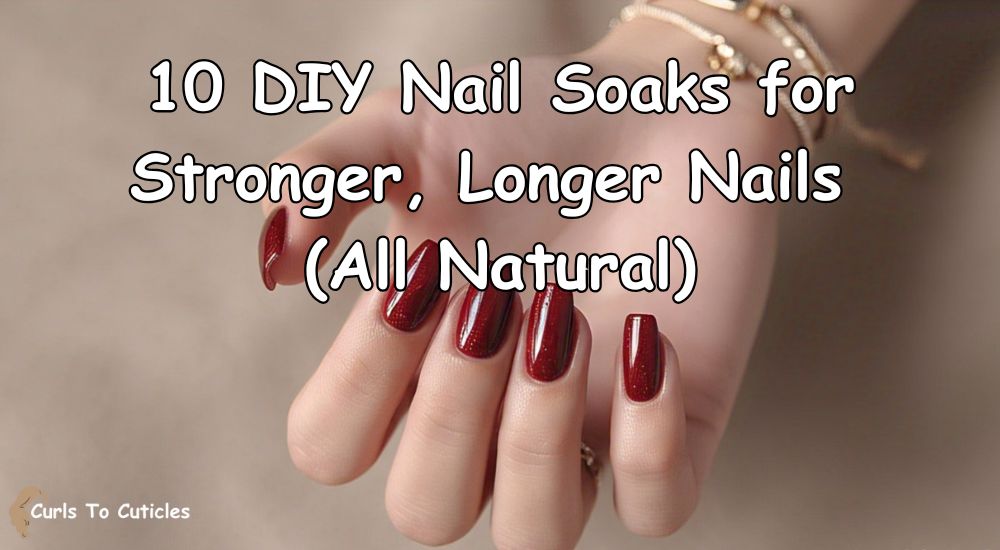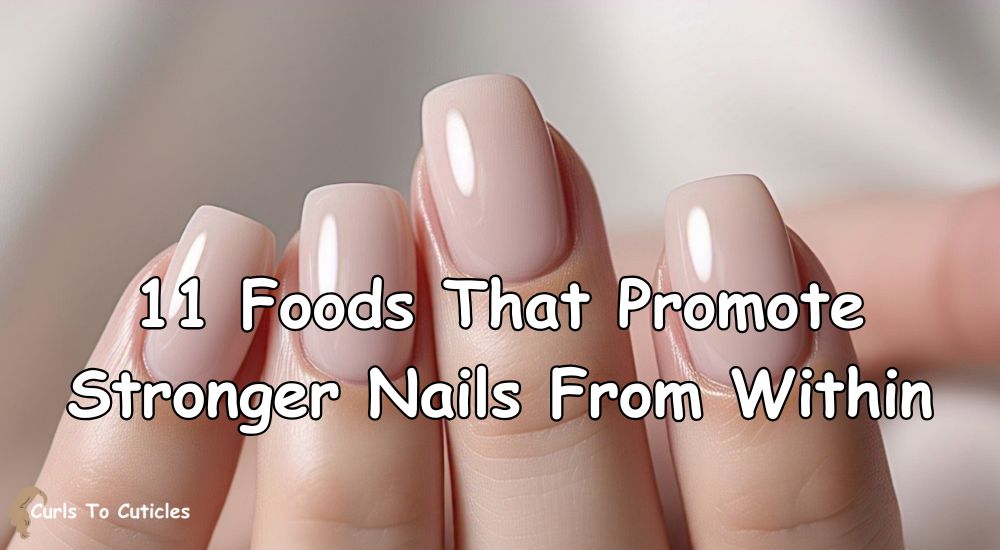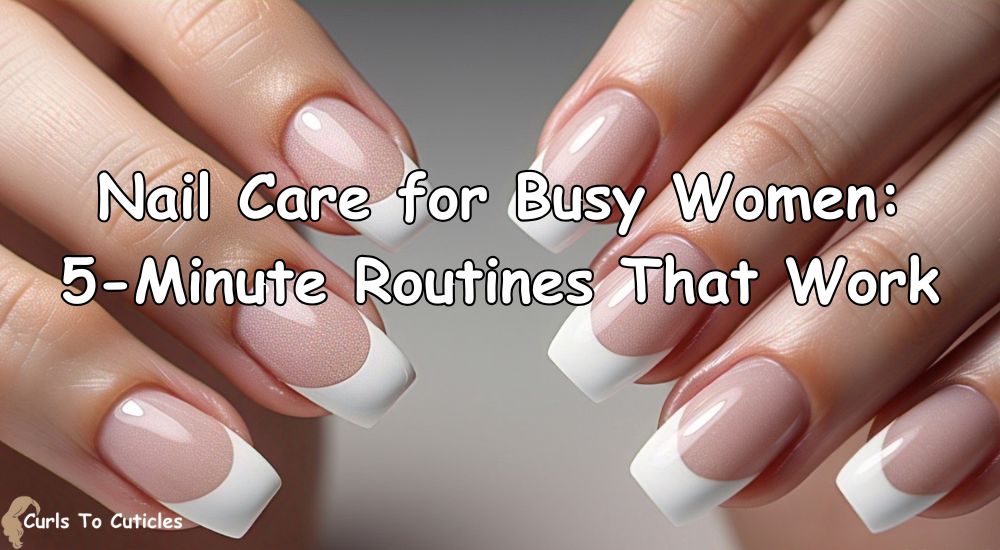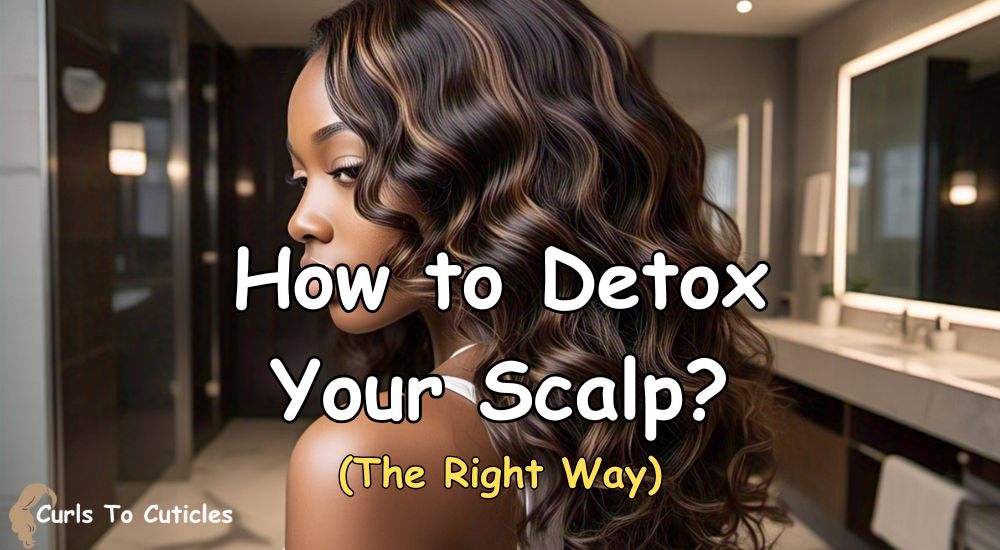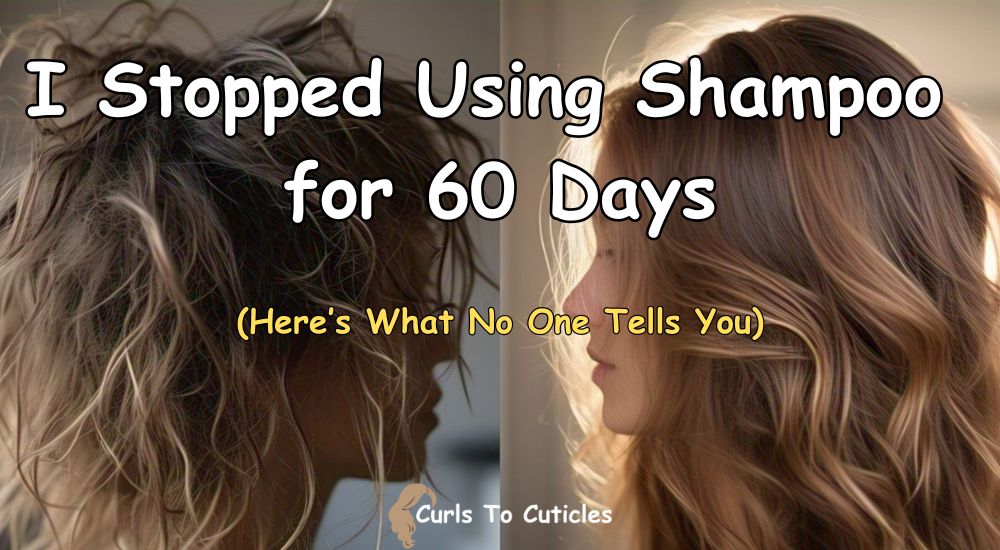Now Reading: The 7 Biggest Nail Care Mistakes You’re Probably Making
-
01
The 7 Biggest Nail Care Mistakes You’re Probably Making
The 7 Biggest Nail Care Mistakes You’re Probably Making
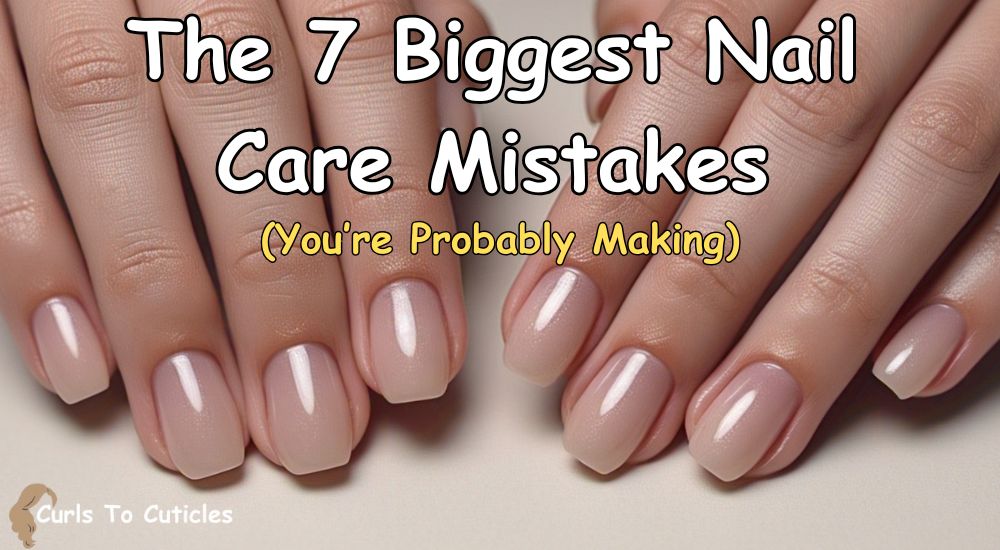
Let’s be honest—nails are often the first thing people notice about us. Whether you’re shaking hands, sipping a latte, or just scrolling your phone, your hands are on display. But despite our best intentions, many of us unknowingly sabotage our nails daily. If you’ve ever struggled with brittle nails, peeling polish, or constant breakage, you’re not alone—and you may be making a few common nail care mistakes without even realizing it.
Don’t worry though. This guide is here to help you break those bad habits and give your nails the love they deserve. Below, we’ll explore the seven biggest nail mistakes people make, why they’re harmful, and—most importantly—how to fix them. Get ready to transform your nail game and enjoy healthy, strong, beautiful nails every day.
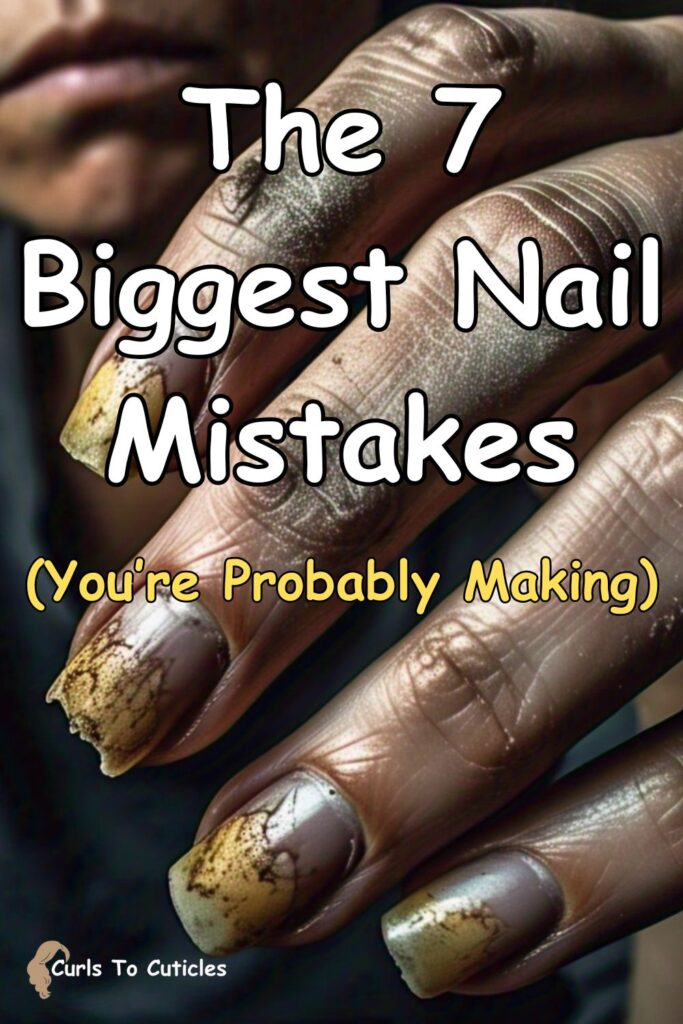
1. Skipping a Base Coat
Why It’s a Problem:
If you paint your nails regularly and skip the base coat, you’re missing a critical protective layer. Base coat acts as a shield between your nail bed and the pigments in your polish. Without it, you’re risking discoloration, staining (especially from darker polishes), and even dehydration of the nail plate.
What Happens Without It:
- Nails turn yellow or dull over time
- Polish chips more easily
- Natural nails become dry and brittle
- Uneven polish application
How to Fix It:
Invest in a quality base coat and make it a non-negotiable first step every time you paint your nails. There are even strengthening base coats that contain ingredients like biotin, keratin, or calcium to nourish weak nails.
Pro Tip:
If you have ridges or uneven nail surfaces, opt for a ridge-filling base coat to smooth everything out before applying polish.
2. Overusing Gel or Acrylic Nails Without Breaks
Why It’s a Problem:
Gel and acrylic nails look amazing—no one’s denying that. They’re durable, glossy, and last for weeks. But constantly wearing them without letting your natural nails breathe can be a fast track to thin, weak, and damaged nail beds.
What Happens:
- Natural nails become paper-thin and peel easily
- Nail beds feel sore or sensitive
- Increased risk of nail infections
- White spots or dents on the nail surface
How to Fix It:
Take breaks between gel or acrylic sets. Try to go natural for at least 1–2 weeks every few months. During those breaks, use nail-strengthening treatments and nourishing oils to repair any damage.
Pro Tip:
Switch to gel-like polish if you still want shine and staying power without the harsh removal process.
3. Improper Filing Techniques
Why It’s a Problem:
Filing your nails seems simple, but doing it the wrong way can actually cause more harm than good. If you’re sawing back and forth with a rough file, you’re essentially shredding the nail layers, leading to splits and tears.
What Happens:
- Nails peel or break at the tips
- Uneven nail shapes
- Splitting or jagged edges
- Weakening over time
How to Fix It:
Always file your nails in one direction only. Use a fine-grit nail file or glass file to minimize damage. Hold the file at a slight angle and go from one side to the center—never back and forth like a seesaw.
Pro Tip:
Keep a travel-size nail file in your bag to fix snags or breaks before they get worse.
4. Ignoring Cuticle Care (or Cutting Them!)
Why It’s a Problem:
Your cuticles play an essential role in protecting your nails from infection. Cutting them can open the door to bacteria and fungus. On the flip side, ignoring them completely can lead to dry, ragged skin and painful hangnails.
What Happens:
- Infections and inflammation
- Painful or bleeding cuticle areas
- Hangnails and rough skin
- Messy polish application
How to Fix It:
Instead of cutting, gently push back your cuticles with a cuticle pusher after softening them in warm water or using a cuticle remover. Finish with a nourishing cuticle oil or balm to keep them hydrated.
Pro Tip:
Use cuticle oil daily—it not only keeps cuticles soft but also promotes faster nail growth.
5. Using Nails as Tools
Why It’s a Problem:
We’ve all done it—used our nails to open packages, scrape off stickers, or pry something open. It might seem harmless in the moment, but this habit is one of the top causes of broken, chipped, or torn nails.
What Happens:
- Nails break or crack
- Nail beds become sore
- Polish chips immediately
- Increased nail splitting
How to Fix It:
Break the habit by being more mindful. Keep tools like letter openers, scissors, or keys nearby and use them instead. Think of your nails as jewels—not tools.
Pro Tip:
If you struggle with this habit, keep your nails slightly shorter. You’ll be less tempted to use them for tasks they weren’t designed for.
6. Skipping Moisturizer for Hands and Nails
Why It’s a Problem:
We often apply hand cream for softness, but forget that our nails and cuticles need hydration too. Dry, brittle nails and cracked cuticles are often a sign of dehydration—not just damage.
What Happens:
- Nails become brittle and peel
- Cuticles crack or bleed
- Overall unhealthy appearance
- Slower nail growth
How to Fix It:
Make hand and nail moisturization a regular part of your routine—especially after washing your hands or using hand sanitizer. Look for creams or oils with shea butter, vitamin E, jojoba oil, or almond oil.
Pro Tip:
Apply a rich hand cream and wear cotton gloves overnight once a week for an ultra-hydrating treatment.
7. Peeling or Picking Off Nail Polish or Gel
Why It’s a Problem:
Peeling off nail polish or gel may feel satisfying, but it’s one of the most damaging things you can do to your nails. When you rip off polish or gel, you’re also removing the top layers of your nail plate.
What Happens:
- Nails become thin and damaged
- White spots or uneven texture
- Increased breakage
- Long recovery time for nail health
How to Fix It:
Always remove polish properly. Use an acetone-free remover for regular polish, and soak-off gel the right way by wrapping in acetone-soaked cotton and foil. Be patient and gentle.
Pro Tip:
If you’ve already damaged your nails, use a keratin nail treatment or nail-strengthening serum during the recovery process.
Bonus Nail Habits for Stronger, Healthier Nails
Now that you know what not to do, let’s talk about what you should be doing. Here are a few healthy nail habits that can give you salon-worthy results at home:
1. Eat a Balanced Diet
Nails need nutrients to grow strong. Add foods rich in biotin, zinc, protein, omega-3s, and iron to your meals.
2. Stay Hydrated
Drink water throughout the day. Dehydration often shows first in your skin and nails.
3. Take Nail-Friendly Supplements
Biotin, collagen, and silica supplements can support nail growth—especially if your diet is lacking in these areas.
4. Wear Gloves When Cleaning
Harsh cleaners and constant water exposure can dry out nails. Always wear rubber gloves when doing dishes or scrubbing.
5. Let Your Nails Breathe
Even though polish looks pretty, give your nails a few days without color between manicures.
Download Infographic Below for Future Use
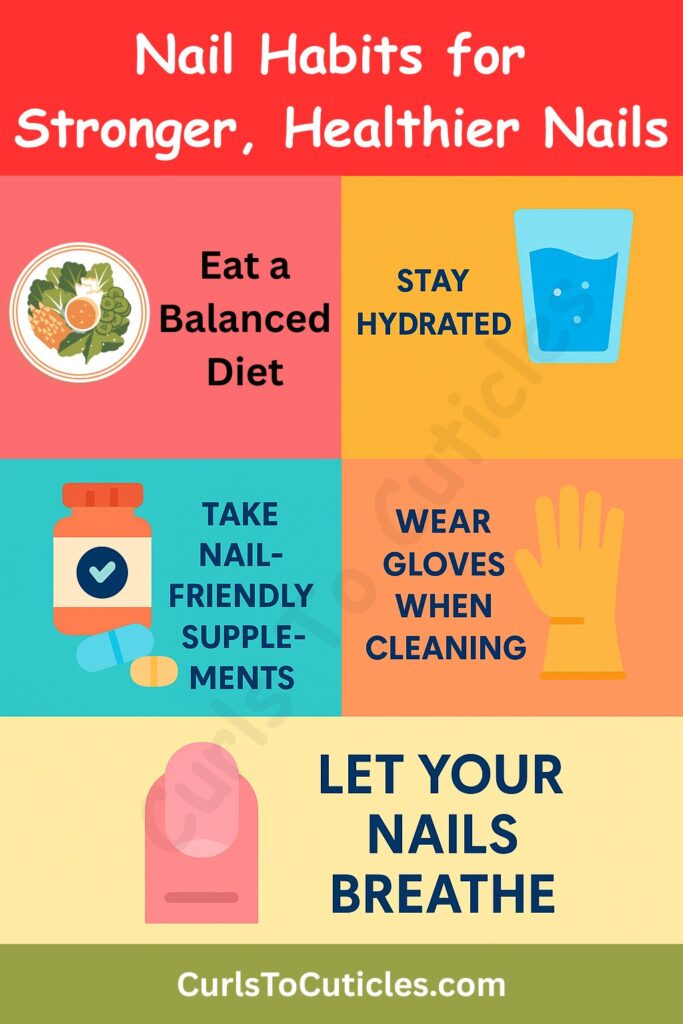
The Truth About Nail Growth Myths
While we’re talking nail care, let’s bust a few common myths:
- Myth: Trimming nails makes them grow faster.
Truth: Trimming prevents breakage but doesn’t affect the growth rate. - Myth: White spots mean calcium deficiency.
Truth: They’re usually caused by trauma to the nail—not a lack of calcium. - Myth: You need to cut cuticles.
Truth: You should never cut cuticles—just push them back gently.
Final Thoughts
Your nails do a lot more than you think. They protect your fingertips, enhance your appearance, and can even reflect your overall health. But it’s easy to get caught in a cycle of bad habits that leave your nails weak, brittle, or damaged.
By identifying and correcting the 7 biggest nail mistakes, you’re already on your way to healthier, stronger nails. From applying a proper base coat to moisturizing and resisting the urge to peel polish, every small step adds up to big results.
Remember, good nail care isn’t about having long nails or expensive salon visits—it’s about consistency, awareness, and treating your hands with a little more TLC.
So go ahead—ditch the mistakes, build better habits, and flaunt your healthiest nails yet. You deserve it.


